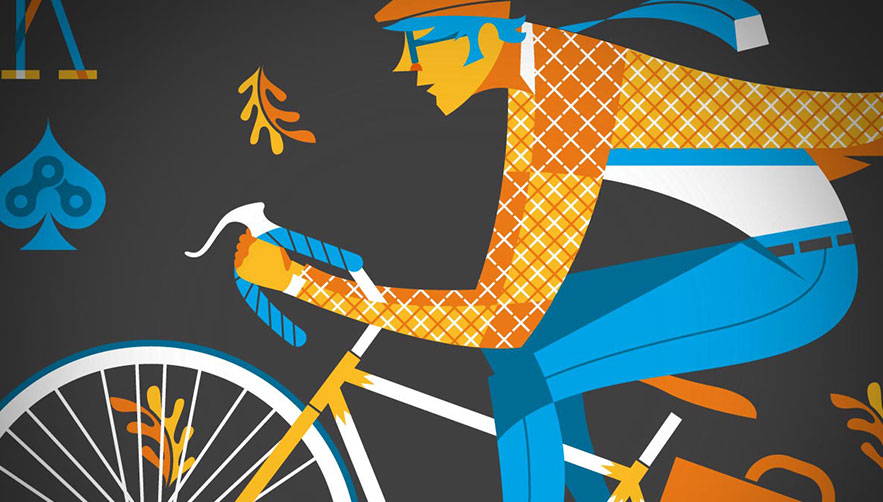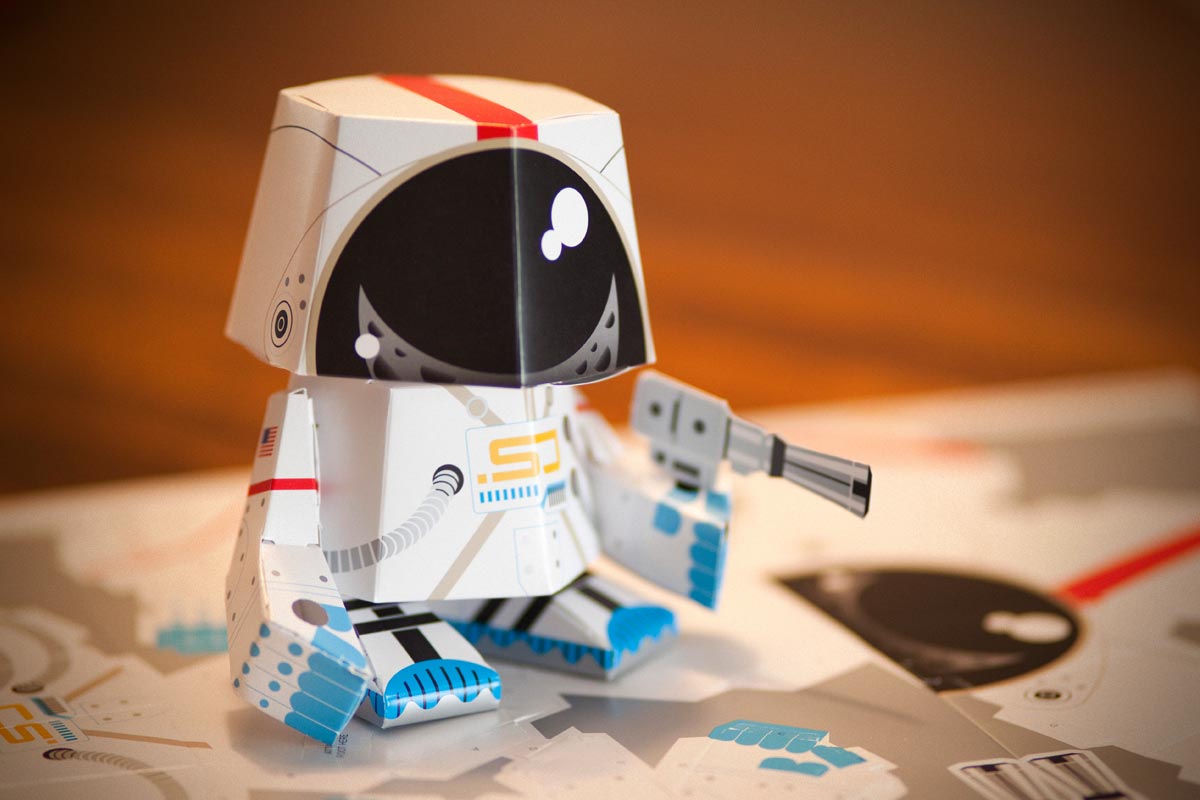Jeremy, thanks for taking the time to share a bit about your work and story with us. Can you start by telling us how you first got started in illustration/design?
I loved to draw as far back as I can remember. Art was the only subject in school that I excelled at. So, my parents, teachers, youth pastors and other adults would call on me to me to design posters, illustrations, etc. to promote events.
In high school, I was really involved in theater so I would design the Playbill cover along with the posters that would get hung up around the school and the cast tee shirts. I loved seeing my work hung up all over the place and proudly worn by my friends.
I also designed our school mascot. I was amazing to see it used on garments and athletic uniforms. My first job was with a retail the shirt company who hired me because of the work I had done in high school.












